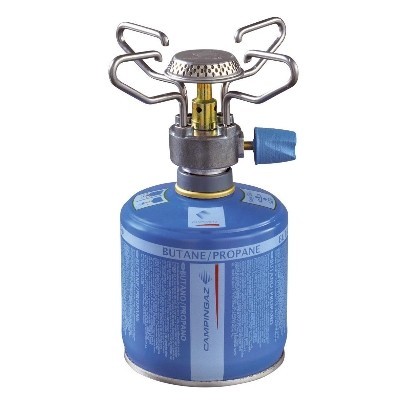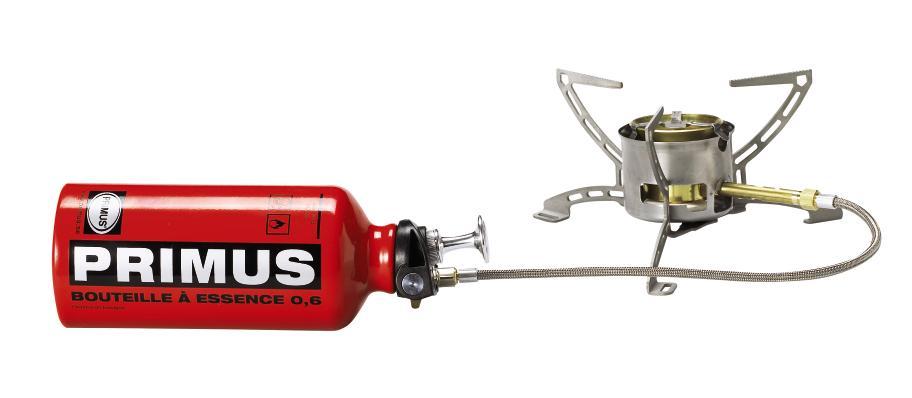Is the carriage of dangerous goods on a private flight still governed by national law, or is it now governed by some European regulation?
If European regulation, could someone point me towards it please?
In particular I’m wondering about the carriage of camping gas, which I understand is considered dangerous goods.
Something similar to this

I would have thought that the national authorities wouldn’t have been interested in such items on a private flight until I read a few years ago about a CAA prosecution for someone for carrying petrol in the tank of a chainsaw.
Search for the word ‘petrol’ in this document
Reading it again now, it may be possible that he delivered it to an airline for carriage rather than a private flight.
The second half of my question is, leaving the legalities aside, is it sensible?
I don’t see much of an issue myself, if being carried without ever being opened. Adding one more atmosphere of pressure (if I could carry it all the way to space) isn’t going to make much of a difference to the pressure inside which is already at many atmospheres of pressure.
However once it’s been attached to a stove, I wonder how much do you trust the values on the stove? This doesn’t matter too much, as they are cheap enough to throw away. (I suppose you just let it burn until it’s empty, and then put into a regular bin, assuming no recycling facilities are around?).
Any comments?
Thanks
Colm
I always carried it with me, for years. The altitudes we normally fly will make no difference for it, I don’t think anything could happen. But they might bother you if you land at bigger airports and not let you through security with it.
I would get a real multi-fuel system. Much better in every and all respects, also when carrying in an aircraft (liquid un-pressurized fuel)

I have one (exactly as pictured in the opening post) that I use on camping tours, and I intend to also carry it when I finally go camping with the plane. Some espresso is essential to start a good day, for me. I wouldn’t carry it, though, when flying to larger fields, where it might cause legal trouble.
@lesving: what is better about the contraption you put forward?
I carry a stove like the one in the first post, but never with an opened can of gas. Nobody ever looks anyway….135 litres of petrol in the tanks, what difference will 200 grams of gas make?
Good morning!
dublinpilot wrote:
Is the carriage of dangerous goods on a private flight still governed by national law, or is it now governed by some European regulation?
One of the few areas where Europe does not really “cook it’s own soup”. Dangerous goods are generally regulated by the United Nations, and by ICAO regarding international flights (Annex 18). For domestic flights, national regulations may allow exceptions from the ICAO rules (but I have not come across any). ICAO does not distinguish between private and commercial flights and/or aeroplanes. Flammable gases are generally not allowed on board of aircraft (DGR Class 2F).
Piper.Classique wrote:
135 litres of petrol in the tanks, what difference will 200 grams of gas make?
ValuJet Flight 592 must have had something like 15.000 litres of fuel on board, but was brought down by an oxgen generator weighing few grams.
UPS DC-8 and UPS Flight 6 contained dozens of tons of fuel but were ultimately destroyed by a few grams of lithium in a malfunctioning battery.
Many dangerous goods regulations are not about the additional risk of the substance after a crash, but about the substance causing the crash in the first place. And the ban of flammable gases is one of those, because a leaking gas container inside a confined space will almost certainly poses a major risk.
Jan_Olieslagers wrote:
what is better about the contraption you put forward?
You can legally bring it on board an aircraft for one, any aircraft. Also you can use any kind of fuel, we usually use something called “Alkylat” (some “environmental friendly” gasoline for lawnmovers). Also works well on 100LL and Jet A1  as well as propane/butane canisters.
as well as propane/butane canisters.
…(some “environmental friendly” gasoline for lawnmovers)…
Maybe off topic a litte, but the main purpose using of Alkylat is not protection of the environment, but protecting the person operating the device. The exhaust gases of petrol engines running on Alkylat fuel are almost free of carcinogenic substances they usually contain. That’s maybe not so important for a camping stove that you can place downwind of yourself, but when using thinks like a chainsaw it makes a lot of difference.
Dangerous goods rules take into account that cargo and luggage gets to be handled roughly and more often than not ends up in a cargo hold inaccessible in flight.
Hence, for example, matches and lighters are ok in hand luggage, but not in the hold. Laptop batteries in bulk – hazardous cargo. Laptops in the cabin – fine. Laptops in luggage – a bit of a safety gap, given time, a plane will be brought down by one of those.
Many things perfectly allowed in your private car would not be allowed in a lorry, or in a mail package, either.